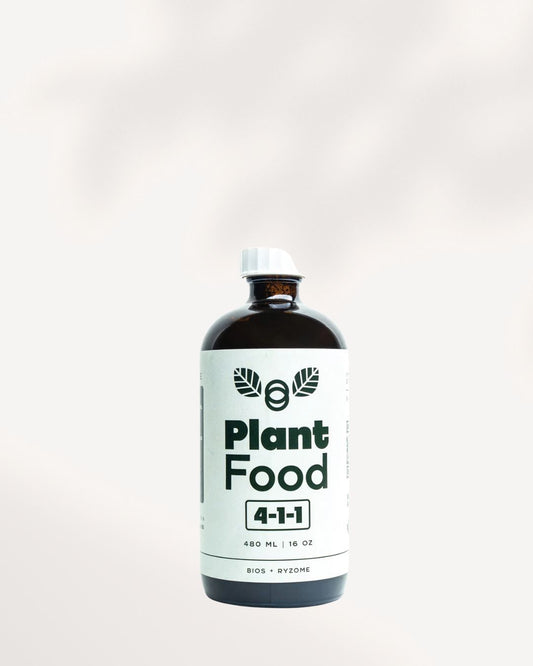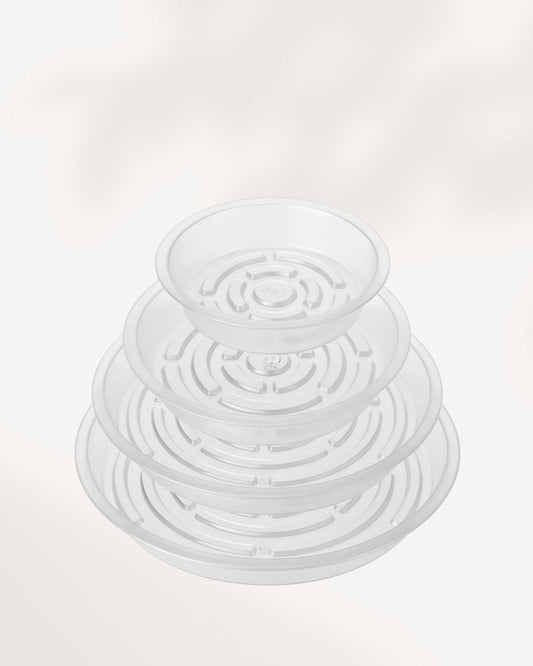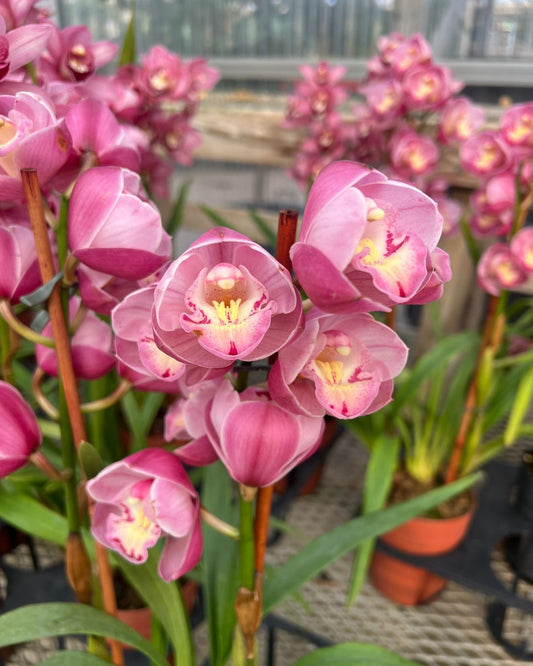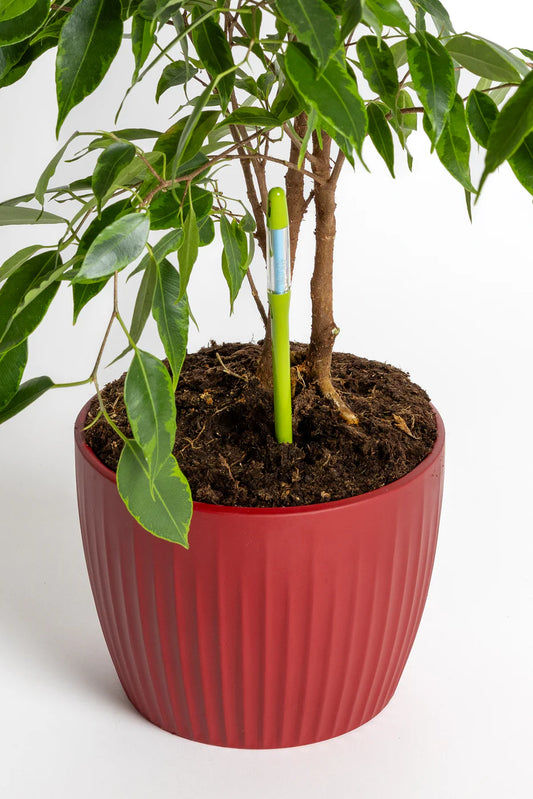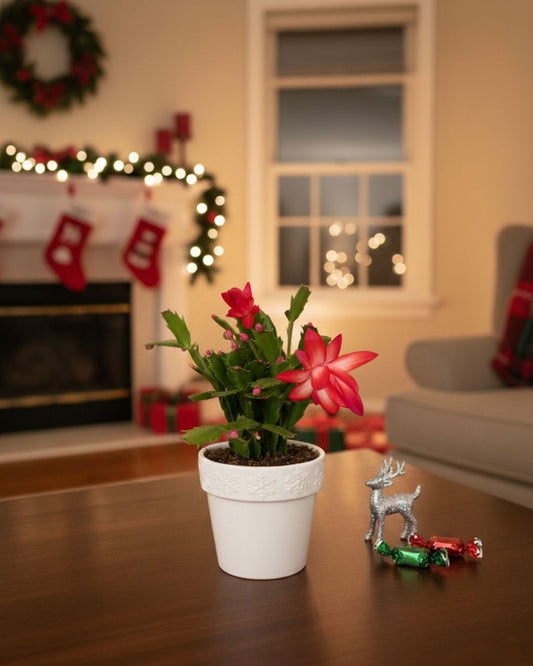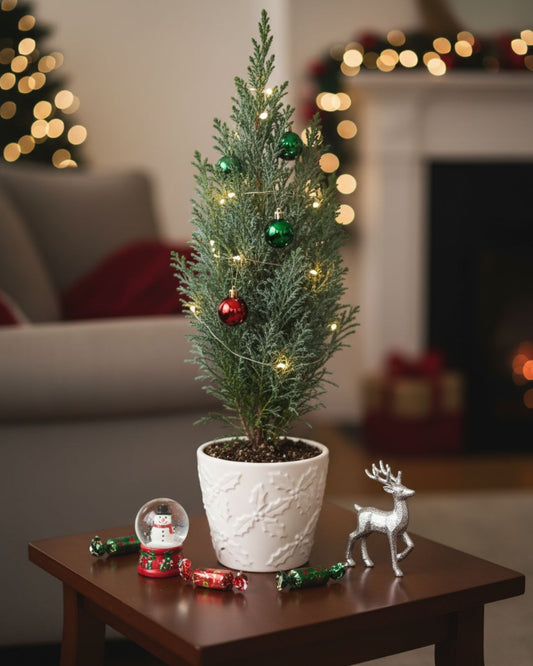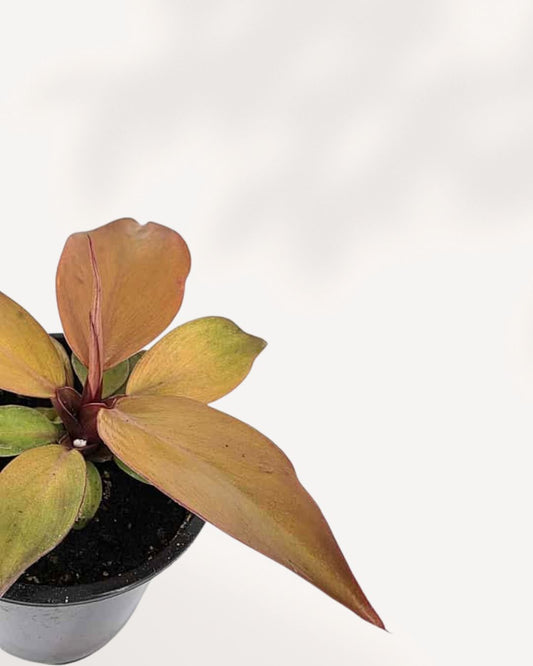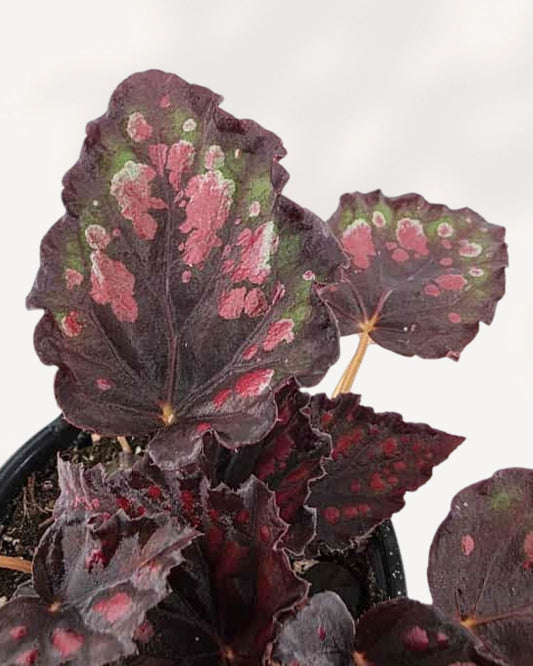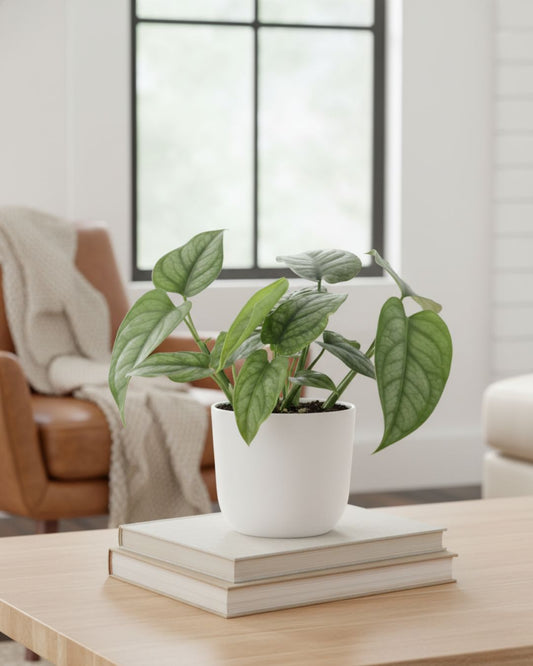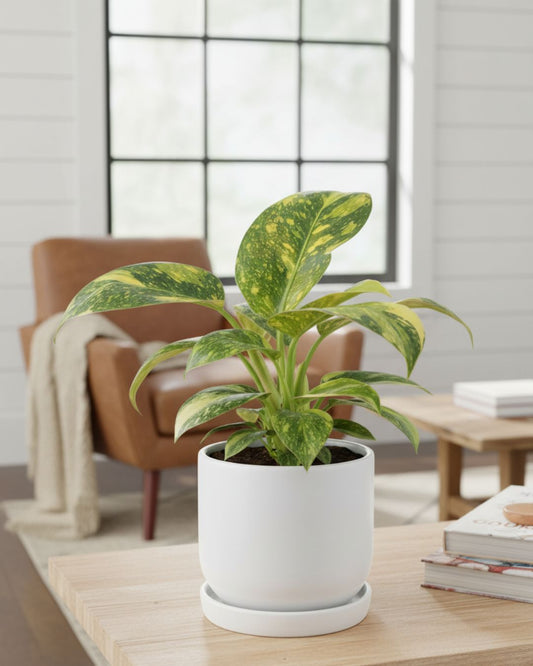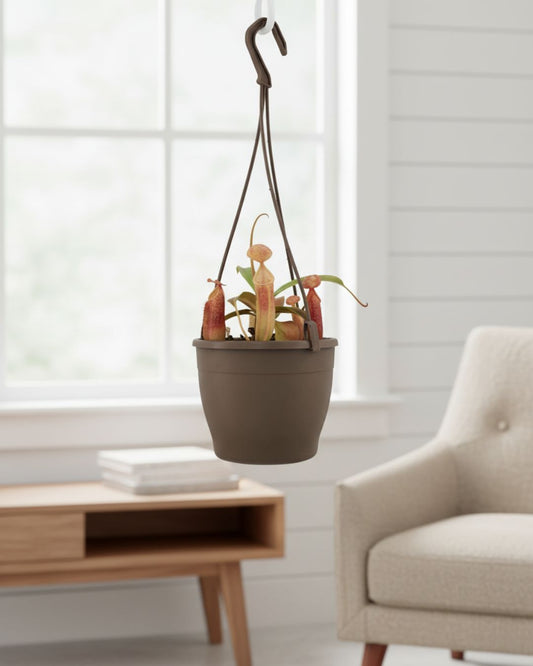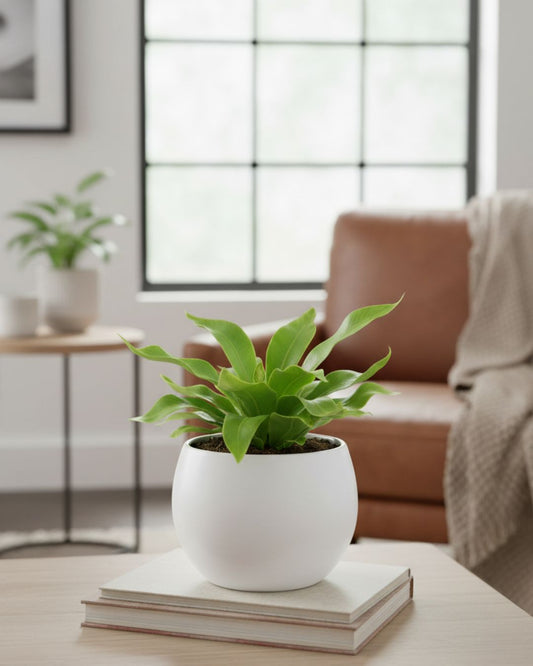How to care for Caladium Plant
| Back to Library |
Quick Care Overview
| Care Aspect | Details |
|---|---|
| Light | Bright, indirect light; avoid direct sunlight. Learn More |
| Water | Keep soil consistently moist but not waterlogged. |
| Soil | Rich, well-draining potting mix with peat and perlite. Shop Potting Mix |
| Temperature | 65–85°F (18–29°C); avoid cold drafts. |
| Toxicity | Toxic to pets if ingested. |
Caladium Plant Care Guide | Growing, Watering, and Propagation Tips
Learn how to care for your Caladium plant with expert guidance on watering, light, soil, and propagation. Perfect for adding color and vibrancy to your home or office!
Common Names
- Angel Wings
- Elephant Ear
- Heart of Jesus
Native Habitat
Caladiums are native to the tropical forests of South and Central America, particularly Brazil. They thrive in warm, humid, and shaded environments.

Uses and Popularity
Caladiums are popular for their vibrant, heart-shaped leaves that come in shades of red, pink, green, and white. They make stunning indoor plants and are ideal for shaded gardens and patios.
Caladium Plant Care Guide
Light Requirements
Caladiums thrive in bright, indirect light. Direct sunlight can scorch their delicate leaves, so filtered light is ideal. Learn more about light requirements.
Watering Needs
Keep the soil consistently moist but not soggy. Reduce watering in the dormant season when the leaves die back.
Soil Preferences
Use a rich, well-draining potting mix. A combination of peat moss, perlite, and organic compost works best. Shop Indoor Potting Mix
Temperature & Humidity
Caladiums prefer temperatures between 65–85°F (18–29°C) with high humidity. Mist the leaves regularly or use a humidifier to maintain humidity.
Fertilization
Feed monthly during the growing season with a balanced liquid fertilizer. Explore Natural Fertilizers
Pruning & Maintenance
Remove yellowing or dying leaves to keep the plant healthy. Caladiums naturally go dormant in cooler months; reduce watering during this time.
Propagation Tips
Tuber Division
Propagate Caladiums by dividing tubers in the spring before planting.
Steps:
- Gently remove the tubers from the soil.
- Cut the tuber into sections, ensuring each has at least one growing eye.
- Allow cut sections to dry before planting in moist, well-draining soil.
FAQs
Why are my Caladium leaves drooping?
This can happen due to underwatering, low humidity, or the plant entering dormancy.
Can Caladium grow indoors year-round?
Yes, if kept warm with high humidity. They may enter dormancy in cooler months but will regrow in spring.
How do I revive my dormant Caladium?
Reduce watering and let the tubers rest in dry soil. Resume watering in spring to encourage new growth.
The Positive Impact of Plants
-
Plants and Healing
Working with plants soothes the mind. It feels calming and healing, offering a peaceful break from daily life.
-
Plants for Recovery
Being around plants can speed up healing from sickness, making you feel better quicker in a natural way.
-
Plants and Work
Plants in your space may make your work better and faster, enhancing focus and creativity during tasks.
LETTING CUSTOMERS SPEAK FOR US!
Shop by Feature
FAQs for Plant Delivery in Ontario & Quebec
What types of house plants do you offer for delivery.
We offer a wide variety of houseplants for delivery. Here are some of the popular options: Aglaonema, Alocasia, Calathea, Hoya, Monstera, Palm, Peperomia, Philodendron, Pothos, Sansevieria Snake, Syngonium, Tradescantia.
What is the lifetime support?
All plants purchased from our store or through our workshops come with lifetime support. This means that whenever you have questions or concerns about your plant, we're here to help. Whether you're unsure about your plant's health or need advice, we can assist in identifying problems, answering your questions, and potentially saving your plant. Feel free to reach out to us on Instagram @mygreenscapeto or via email at support@mygreenscape.ca.
Where do Mygreenscape plants come from?
Our plants embark on a journey from various greenhouses across Canada. We prioritize short delivery routes to ensure your plant arrives happy, healthy, and full of vitality.
Do I have to repot my plants once they arrive?
Absolutely not! When your plant arrives, give it time to settle into its new home. Place it in the desired spot, and let it acclimate for about two weeks.
Favorite in our plant shop
-
Liquid Plant Fertilizer
Regular price From $30Regular priceUnit price per -
Plant Saucer
Regular price From $2Regular priceUnit price per -
Cymbidium Orchid
Regular price $89Regular priceUnit price per -
SUStee Soil Moisture Indicators
Regular price From $12Regular priceUnit price per -
Christmas Cactus
Regular price $12Regular priceUnit price per -
Ellwoodii Cypress
Regular price $18Regular priceUnit price per -
Philodendron 'McColley's Finale'
Regular price $15Regular priceUnit price per -
Begonia Rex 'Harmony Stained Glass'
Regular price $15Regular priceUnit price per -
Monstera Siltepecana
Regular price $15Regular priceUnit price per -
Philodendron Green Congo Nuclear
Regular price $45Regular priceUnit price per -
Nepenthes Sanguinea Pitcher Plant
Regular price $35Regular priceUnit price per -
Cobra Fern
Regular price $18Regular priceUnit price per
MyGreenScape is your go-to online shop for indoor plants in cities Ontario or Quebec, including Toronto, Montreal, and many more. Our mission is to add joy to your home, one leaf at a time. Explore our range of beautiful, air-cleaning plants from the comfort of your home. You can find beautiful indoor plants, pots for plants, garden tools, and hanging basket plants all in one spot. Our mission is to add joy to your home, one leaf at a time.
Buying plants online with us means no more carrying heavy pots or figuring out how to get big plants home. We deliver straight from the gardener to you, with eco-friendly packaging, across Ontario and Quebec. Expect your new green friends within 2-7 days.
Why choose MyGreenScape? Here’s why:
- Lifetime Support: We’re here for you always. Get all the help you need for your plants to flourish.
- 30-Day Happy Plant Guarantee: Not happy with your plant? Tell us within 30 days, and we’ll fix it.
- Easy Delivery: Fast, direct to your doorstep in Ontario or Quebec.
Hear from a happy customer, Sarah T.: "Buying plants was never easier. Quick, simple, and with great support from MyGreenscape."
Ready for easy, stress-free plant shopping? Visit us now and make your home greener. Join MyGreenScape for a hassle-free way to bring nature inside.



















